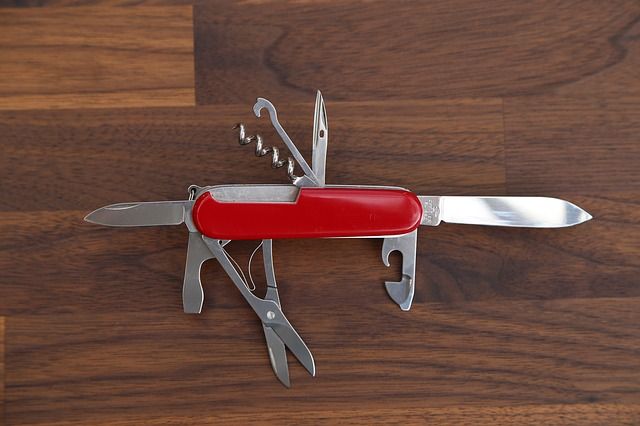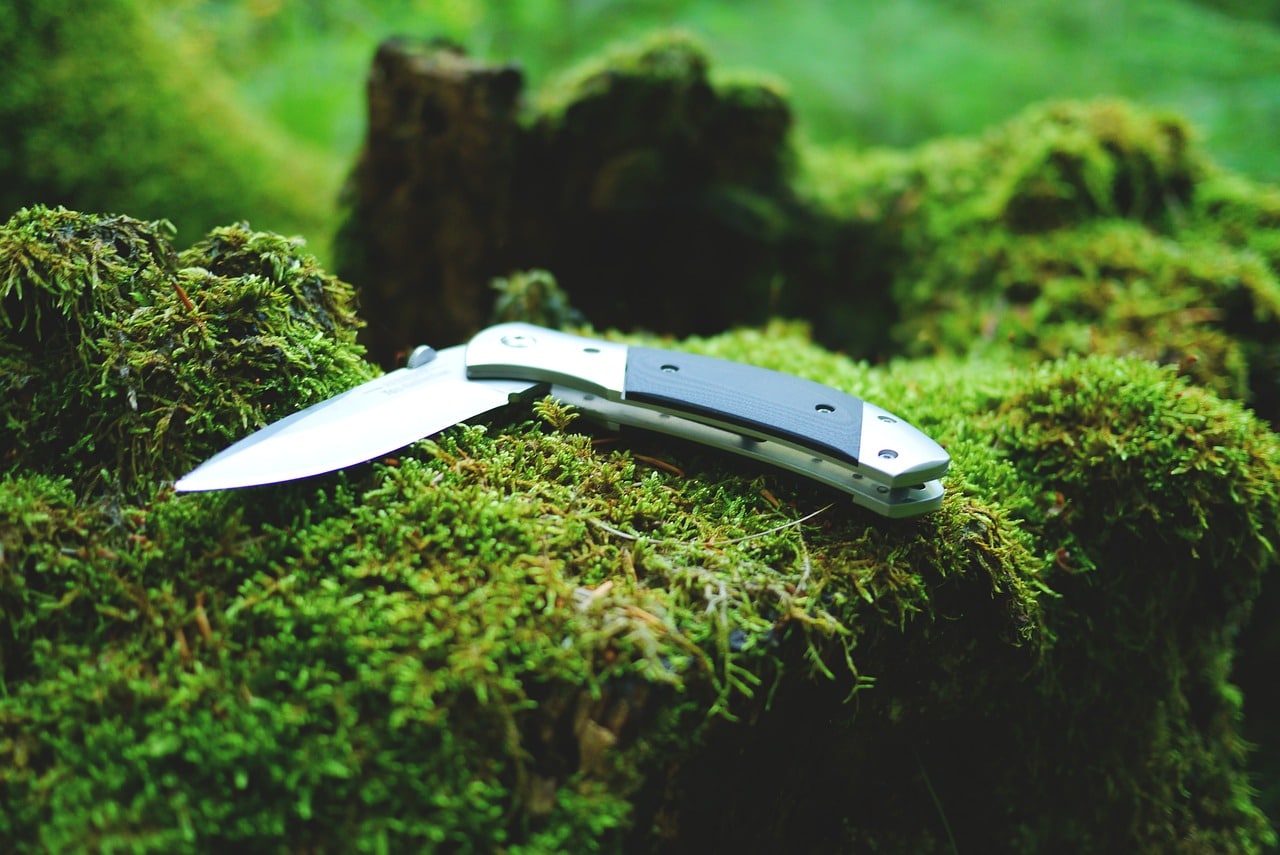Knives are essential tools that have been used by humans for centuries. They are used for a variety of tasks, from food preparation to self-defense. A knife’s parts are essential to its function, and understanding these parts can help you choose the right knife for your needs and use it safely.

Contents
Blade
The blade is the most important part. It is made of a variety of materials, including steel, ceramic, and even plastic. The blade’s shape and edge determine its use. For example, a chef’s knife has a straight blade with a sharp edge for chopping and slicing. A serrated knives have a saw-like edge for cutting through tough materials, such as bread.
Here are some of the most common blade shapes:
- Drop point: This is the most common blade shape. It has a straight edge that curves down slightly towards the tip. Drop point blades are versatile and can be used for a variety of tasks.
- Clip point: This blade shape is similar to a drop point, but the curve is more pronounced. Clip point blades are often used for hunting and fishing.
- Tanto: This blade shape is characterized by a triangular or dagger-like point. Tanto blades are often used for self-defense.
- Bowie: This blade shape is large and has a curved blade. Bowie knives are often used for outdoor activities, such as camping and hiking.
Handle
The handle is the part of the it that you hold. It is typically made of wood, plastic, or metal. The handle’s shape and material affect the knife’s grip and comfort. For example, a knife with a textured handle will be easier to grip in wet conditions.
Here are some of the most common handle materials:
- Wood: Wood handles are popular because they are comfortable to hold and look good. However, wood handles can be damaged by moisture and heat.
- Plastic: Plastic handles are durable and easy to clean. However, plastic handles can be slippery when wet.
- Metal: Metal handles are strong and durable. However, metal handles can be cold to the touch and can conduct heat, which can be dangerous if the knife is hot.
Tang
The tang is the part of the blade that extends into the handle. It provides strength and stability to the knife. A full tang runs the full length of the handle, while a partial tang extends only partially into the handle. A full tang knife is stronger and more durable than a partial tang knife.
Other Parts
In addition to the blade, handle, and tang, a knife may have other parts, such as a bolster, guard, or pommel. The bolster is a metal or plastic piece that is located at the base of the blade. It helps to protect the user’s hand from slipping onto the blade. The guard is a metal or plastic piece that is located between the blade and the handle. It helps to protect the user’s hand from slipping onto the blade. The pommel is the end of the handle. It can be used for tasks such as hammering or prying.
Choosing a Knife
When choosing a one, it is important to consider the type of tasks you will be using it for. For example, if you will be using it for food preparation, you will need a it with a sharp blade and a comfortable handle. If you will be using the knife for self-defense, you will need a knife with a strong blade and a full tang.
Using a Knife Safely
When using a one, it is important to follow safety precautions. Always keep your finger off the blade. Always use a cutting board. Never use a knife to pry or hammer. Always store your knives in a safe place.
Maintaining a Knife
To keep your knife in good condition, it is important to clean and sharpen it regularly. To clean your knife, wash it with soap and water. for sharpening your knife, use a whetstone or a sharpening steel.
Knives are essential tools that can be used for a variety of tasks. By understanding the parts of a knife and how to use it safely, you can get the most out of this versatile tool.
Here are some additional tips for using a knife safely:
- Always use a sharp knife. A dull knife is more likely to slip and cause injury.
- Be aware of your surroundings. Make sure there are no people or objects behind your target area.
- Keep your fingers away from the blade.
- Use a cutting board.
- Don’t try to cut through anything that is too thick or tough.
- Be careful when sharpening your knife.
- Store your knives in a safe place.

